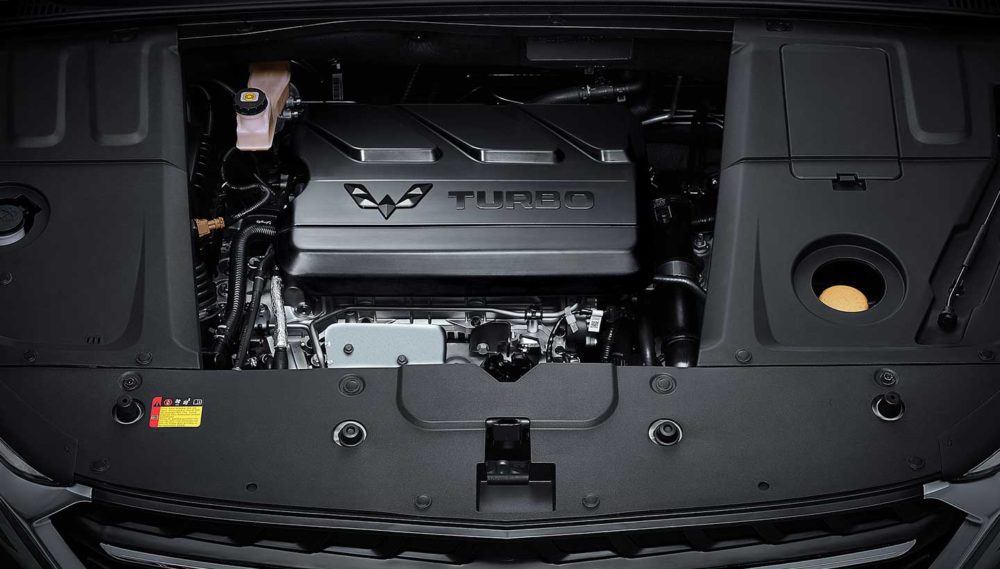Car Engine Hood Damper Function and Its Types
30 April, 2024

Did you know that when you open the hood of a car, you will see a certain coating installed on the underside of the hood? This component is the engine hood damper, which has a very important function.
As the name suggests, this additional layer functions to dampen. If this layer is not on your car’s hood, the heat generated by the engine will enter the hood and can damage the car’s body paint. However, you should know that the hood damper has other functions that are no less important and have various types of materials.
Car Hood Damper Function
Peredam kap mesin sangat penting untuk kerangka mobil. Berikut ini adalah beberapa fungsi yang dilakukan peredam kap mesin pada mobil:
-
Protecting the Machine
The hood damper helps keep the engine clean and functioning properly by protecting the engine from damage caused by foreign objects from outside the car, such as dust, dirt, water, and debris that can enter the engine compartment.
-
Insulating Heat
The hood damper also functions to isolate the heat produced by the car engine because the engine produces quite a lot of heat. In addition, the hood damper helps prevent heat generated by the engine from entering the engine compartment and cabin of the car.
This hood damper function prevents overheating and keeps the cabin temperature comfortable. Apart from that, it prevents the engine from overheating.
-
Reduces Noise
The hood damper also functions to reduce the noise produced by the car’s engine. The hood damper absorbs engine noise and prevents it from entering the cabin. This function clearly helps the driver and passengers feel more comfortable and calm.
-
Protects Engine Paint
The heat generated by the engine, caused by excessive heat radiation from the engine, can cause the engine paint to become damaged and streaked. To keep the paint on the inside of the hood, a damper can be installed there.

Types of Car Hood Damper Materials
The engine hood damper itself is divided into several types based on the materials used. This is the complete type.
-
Glasswool Damper
Glasswool, which is made from cloth fibers, is very good for dampening vehicle sounds, such as for diesel engines and petrol engines, because it is thick.
-
Aluminum Foil Damper
Aluminum foil material is very good at preventing heat from transferring from the engine to the hood, so it is highly recommended to use dampers made of this material on cars that work in cold climates. Aluminum foil dampers are also suitable for diesel cars.
-
Damper Combination of Glasswool and Aluminum Foil
This type of damper is the best car hood damper because it can reduce engine heat and noise.
How to Install an Engine Hood Damper on a Car
To install your own car engine damper, you can easily follow the steps below:
-
Measure the part where the heat sink will be installed
First, open the hood of the car. Then, measure how much of the hood will be covered with heat absorbers. To make measuring the hood area easier, you can use the tracing technique, where the pattern of the car hood is pasted onto cardboard or transparent plastic. Cut out the tracing media then follow the hood pattern.
-
Cut the Heat Sink According to the Pattern
After finding the hood pattern, the next step is to cut the heat absorber material according to the pattern. However, before doing so, make sure you choose the heat reducing material that is most suitable for your car. Is it aluminum foil, glasswool, or both.
To make it easier, use a paper clip to ensure that the heat-insulating material doesn’t move when you cut it according to the pattern.
-
Glue the Heat Damper in Place
Lastly, glue the heat sink according to the pattern and place it using a special high-quality adhesive to ensure that the material sticks tightly. Once everything is installed correctly, look again to make sure everything is attached tightly.
Then, try starting your car’s engine or parking it in a hot place for a few minutes. Once done, turn off the engine, open the hood, and make sure the temperature around the engine remains stable.
If the temperature is cooler than before, this indicates that the heat sink installation process has been completed. However, if the temperature is too high, small improvements need to be made, such as reducing the heat position or increasing the layer thickness.
That is an explanation of the function of a car hood damper as well as its types and the importance of installing it independently. Make sure to use a car hood damper, and don’t forget to maintain it so that the temperature inside the engine doesn’t get hot easily.



